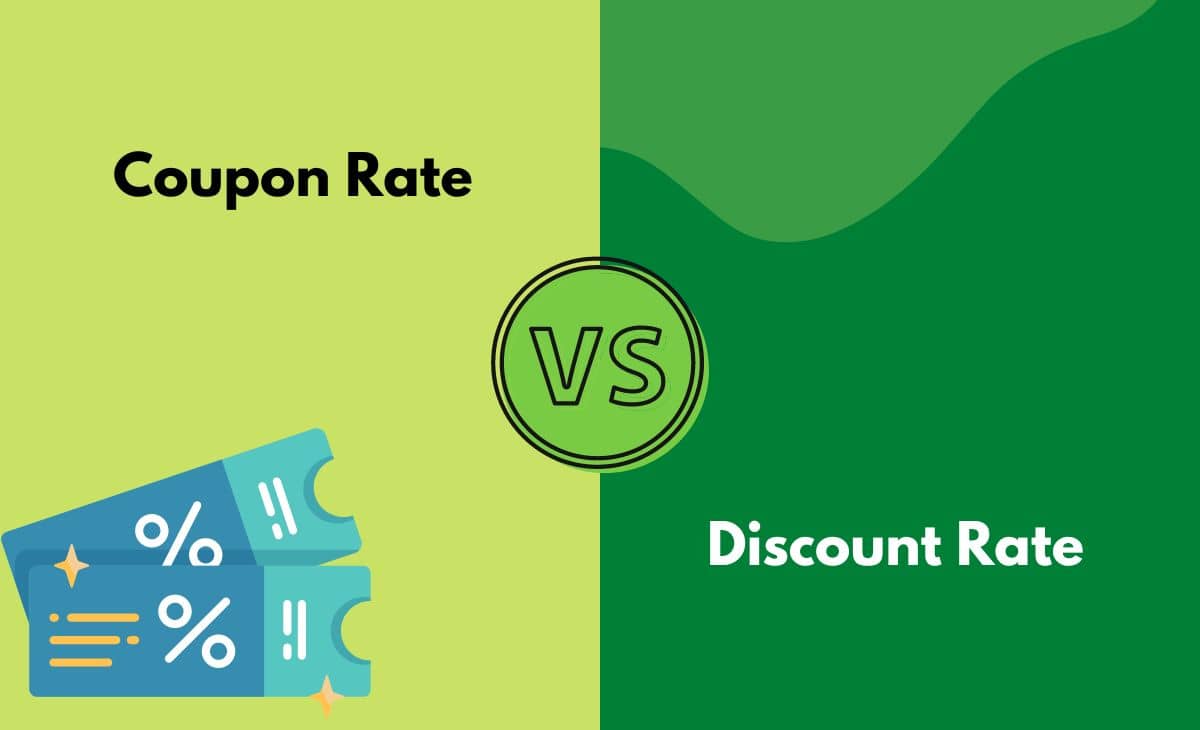What Is the Coupon Rate on a Bond and How Do You Calculate It?

It is based on the sum of all of its remaining coupon payments and will vary depending on its market value and how many payments remain to be made. The coupon rate refers to the interest rate paid on a bond by its issuer for the term of the security. Bond issuers set the coupon rate based on market interest rates at the time of issuance. A bond’s coupon rate remains unchanged through maturity, and bondholders receive fixed interest payments at a predetermined frequency.

What Is the Coupon Rate on a Bond and How Do You Calculate It?
The term « coupon » is derived from the historical use of actual coupons for periodic interest payment collections. Once set at the issuance date, a bond’s coupon rate remains unchanged, and holders of the bond receive fixed interest payments at a predetermined time or frequency. By examining these real-world examples, investors can gain a better understanding of how to calculate the coupon rate for different types of bonds and make more informed investment decisions. In the next section, we will discuss common mistakes to avoid when calculating the coupon rate, providing valuable insights to help investors navigate the bond market with confidence. It’s essential to note that the frequency of coupon payments can affect the coupon rate.
What is your current financial priority?
The coupon rate signifies the fixed annual interest rate attached to a bond, forming the basis for the income investors can expect over the bond’s lifespan. In a low-rate environment, issuers can afford to offer bonds with lower coupon rates and still find willing buyers. Investors can also consider whether buying variable-rate bonds or zero-coupon bonds might make sense.
Coupon Rate Calculator
A bond’s coupon rate denotes the amount of annual interest paid by the bond’s issuer to the bondholder. Set when a bond is issued, coupon interest rates are determined as a percentage of the bond’s par value, also known as the « face value. » A $1,000 bond has a face value of $1,000. The coupon payment is the interest paid by a bond issuer to a bondholder at each payment period until the bond matures or it is called.
Does interest rate affects the coupon rates?
To apply the coupon rate formula you’d need to know the face or par value of the bond and the annual interest or coupon payment. To find this payment, you’d multiply the amount of interest paid by the number of periodic payments made for the year. As we said above, the coupon rate is the product of the division of the annual coupon payment by the face value of the bond. It merely represents your annual return from your bond investments and does not tell you anything about the actual return of your investments. A bond is a debt security, usually issued by a government or a corporation, sold to investors.
- If a second investor purchases the same bond for $110, he will also receive the same $3 in annual interest payments.
- The upside of choosing zero bonds is that by forgoing annual interest payments, it’s possible to purchase the bonds at a deep discount to par value.
- Bonds with coupons, known as coupon bonds or bearer bonds, are not registered, meaning that possession of them constitutes ownership.
- The coupon rate of a bond can help investors know the amount of interest they can expect to receive until the bond matures.
Instead of periodic interest payments, these bonds are issued at a significant discount to their face value. For investors looking for predictable income, particularly retirees or those with fixed income needs, the coupon rate provides clarity on the returns they can expect from the bond. The coupon rate plays a crucial role in setting the income stream for bond investors. For instance, a $1,000 bond with a 5% coupon rate will pay bondholders $50 annually.
Let us assume a company, PQR Ltd, has issued a bond having a face value of $1,000 and quarterly interest payments of $25. Do the Calculation of the coupon rate of the bond using the coupon rate calculation formula. The formula for coupon rate is computed by dividing the sum of the coupon payments paid annually by the bond’s par value and then expressed in percentage. The term coupon rate formula for bonds refers to the fixed rate of interest that is paid annually on fixed-income securities like bonds. The term “coupon rate” refers to the rate of interest paid to the bondholders by the bond issuers.
The coupon rate, also known as the nominal yield, is the interest rate that a bond issuer promises to pay to the bondholder periodically until the bond matures. To calculate the coupon rate, you need to know the bond’s face value, coupon payment, and frequency of coupon payments. The bond issuer pays a bondholder a percentage of the face value every year. Consequently, the coupon rate determines the coupon rate equation total amount paid as coupon payments in a year. A bond’s coupon rate represents the annual interest rate paid by the issuer, as determined by current market interest rates and based on the bond’s face value. Since a bond’s coupon rate is fixed all through the bond’s maturity, a bondholder is stuck with receiving comparably lower interest payments when the market is offering a higher interest rate.

